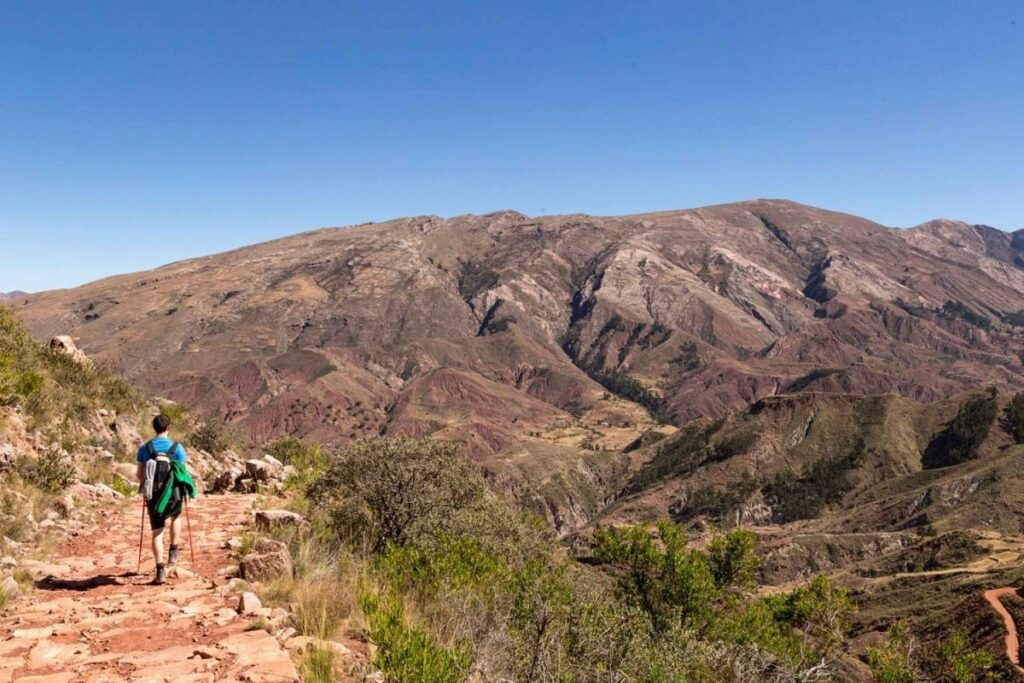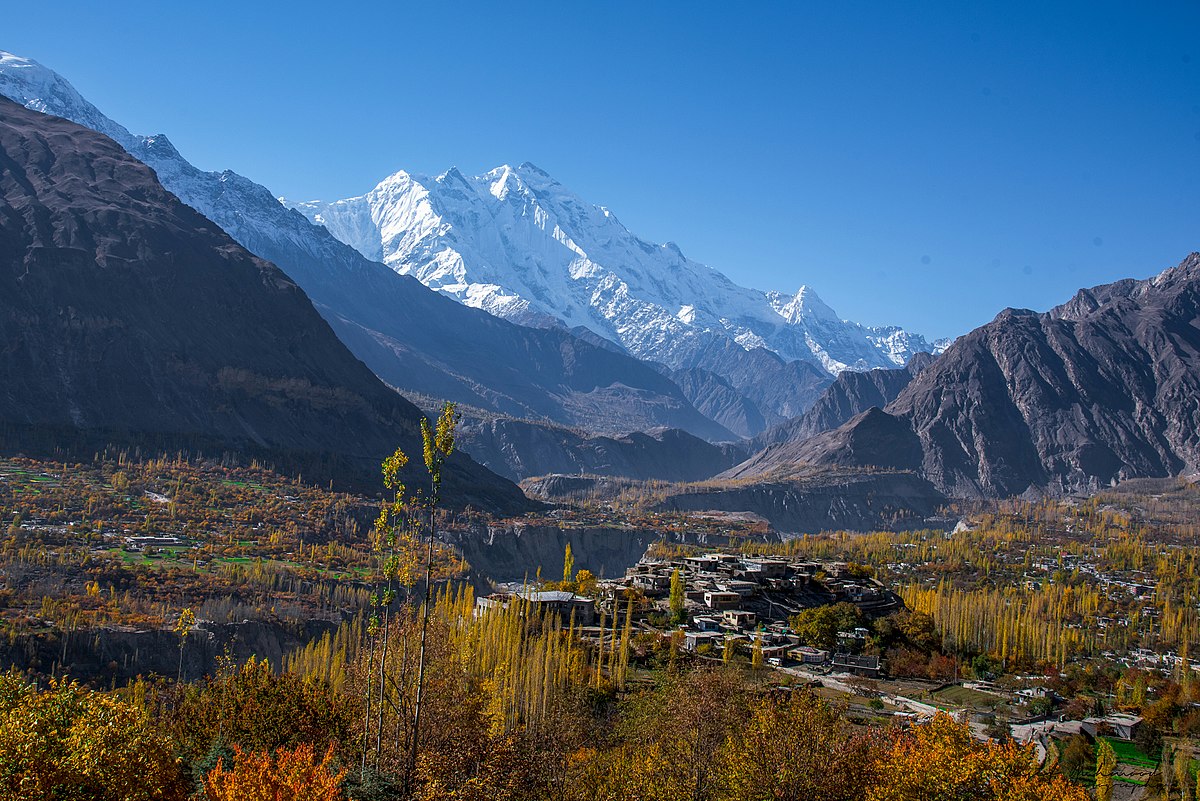Guide to El Palmar: Argentina’s Mystical Palm Plains
Found in the province of Entre Ríos in northeastern Argentina, El Palmer National Park offers visitors a unique window into the country’s subtropical landscapes. Established in 1966, the park is renowned for its extensive groves of the yatay palm. This species is native to this region that can reach impressive heights of up to 20 meters.
Walking among these palms, you’ll experience a sense of timelessness, as the towering trees create a serene, almost mystical atmosphere. It is also a haven for those who enjoy outdoor recreation. Well-maintained trails allow for hiking and horseback riding, while picnic areas and campgrounds make it possible to spend a full day immersed in nature. Here’s our comprehensive guide to El Palmar National Park;
Please Download Our Mobile App here.
Overview of El Palmar National Park
El Palmar National Park sits along the northwestern border of Argentina and Uruguay, right on the banks of the Uruguay River that separates the two countries. Located in Entre Ríos—whose name means “between rivers” because the province is entirely bordered by waterways—El Palmar is laced with streams that flow gently toward the Uruguay River.
Covering just 33 square miles, it is the fifth smallest national park in Argentina, but it holds a unique ecological treasure. The park’s savanna ecosystem is defined by its yatay palm trees. These unique palm trees once covered vast stretches of Entre Ríos, Uruguay, and southern Brazil before agriculture, ranching, and forestry drastically reduced their range.
Today, these palms stand scattered across a landscape of grasslands, small woods, and forests, creating a serene and picturesque setting. Its relatively flat terrain and open vistas make it an inviting destination for visitors seeking a glimpse of this rare palm savanna and its tranquil natural beauty.
Wildlife in El Palmar National Park

Wildlife in El Palmar National Park may not be as abundant as in other Argentine parks, but it still offers plenty of charm for those who take the time to look. The park is practically ruled by capybaras, which can be seen lounging near the water or calmly grazing along the trails. They are so comfortable around visitors that many won’t even bother to move as you approach, simply watching you pass by.
Foxes can occasionally be spotted darting across open areas, while the rabbit-like viscachas are a real treat to encounter. These curious creatures become most active toward late afternoon and into the night, making the campsite the best place to see them. If you do not spot them, you will almost certainly hear them, as the males are famously territorial and quite vocal after sunset.
You’ll also come across nandus, flightless birds that look like a smaller version of an ostrich. Bird enthusiasts also enjoy scanning the trees for the park’s modest but diverse avian population, with woodpeckers frequently stealing the show with their rhythmic drumming.
Also Read: Best Resorts in Argentina.
Best Time to Visit El Palmar National Park
The ideal time to visit El Palmar National Park is between March and November. During this window, temperatures are more comfortable and rainfall is less frequent, making the trails and open areas easier to explore. Those who visit between May and September have an even greater chance of spotting native wildlife such as jaguarundi that are more active during the cooler months.
Autumn in the Southern Hemisphere, particularly April through June, offers a perfect mix of crisp mornings and sunny afternoons. These conditions are pleasant for hiking or picnicking beneath the palms. While the park is open year-round, the summer months can be hot and humid, which may not be ideal for longer outdoor excursions.
For those who prefer fewer crowds and more moderate weather, the shoulder months of April, May, June, October, and November strike a great balance. Also, the park attracts more locals from nearby towns on the weekends, so you can opt for weekdays for an intimate experience.
Getting to El Palmar National Park

Reaching El Palmar National Park from Buenos Aires is an adventure in itself. The most convenient option is to drive, taking the Pan-American Highway (Acceso Norte) north out of the city before connecting to its Escobar branch. From there, you merge onto National Route 14, which you follow for roughly 360 kilometers until you reach the park entrance.
Having your own vehicle is by far the easiest way to visit, as it not only simplifies getting to the park but also makes exploring it much more practical. Most trails, viewpoints, and facilities are spread out, so driving saves considerable time and energy. For budget travelers, buses are available and are just as adventurous. The nearest town is Ubajay, and you can purchase a ticket with Flecha Bus to get there.
In some cases, drivers may drop you closer to the park entrance if you ask. However, you should be prepared to walk the remaining 12 kilometers to the campsite. Alternatively, you can hire a ride with other visitors or even a park ranger heading into the park.
If you’d rather avoid the uncertainity, continue into Ubajay. Once there, arrange a remis, a fixed-price taxi, to take you straight to your destination. The bus stops at the boleteria, which doubles as a ticket office and here you’ll get contact numbers for local drivers.
Other Activities in El Palmar National Park
Beyond simply admiring the vast groves of yatay palms, El Palmar offers a range of activities that allow visitors to experience the area in more dynamic ways. History lovers can visit the Barquin Calera Ruins. These are found along the banks of the river and here you can imagine life in one of the province’s earliest settlements.
For those who want to cool off, the park provides several spots for swimming. Adventurers will appreciate the network of trails that wind through the park, perfect for both hiking and biking. These routes also lead to vantage points where the sight of the sun setting behind the trees creates a truly unforgettable scene.
Park Fees in El Palmar National Park

Entry fees for El Palmar National Park charges different admission fees to cater to a wider range of visitors. Foreign travelers pay around $8, while Argentine citizens pay about $4. Students pay just $2 while retirees enter for free.
FAQs
Is El Palmar National Park worth visiting?
Yes, El Palmar National Park is definitely worth a visit. The park’s landscape is unlike anywhere else, with vast groves of towering Yatay palms creating a striking backdrop for exploration. It’s an excellent place to spot wildlife, from capybaras grazing near the water to colorful birds. In addition to its natural beauty, the park features historical ruins that offer a glimpse into the region’s past and rivers.
How long to spend in El Palmar National Park?
A full day is enough to experience the highlights of El Palmar, including driving along its scenic trails and watching for wildlife such as capybaras. However, if you want to enjoy the park at a slower pace, spending two days is ideal. This extra time is especially rewarding if you enjoy photography, birdwatching, or simply relaxing in one of Argentina’s most peaceful natural settings.
Conclusion
El Palmar National Park is a destination that blends natural beauty, wildlife, and a sense of history into a truly memorable experience. Its sprawling yatay palm groves set the scene for encounters with capybaras, howler monkeys, and colorful bird species. For adventurers, the park’s trails and riverbanks invite exploration and quiet moments of reflection.






